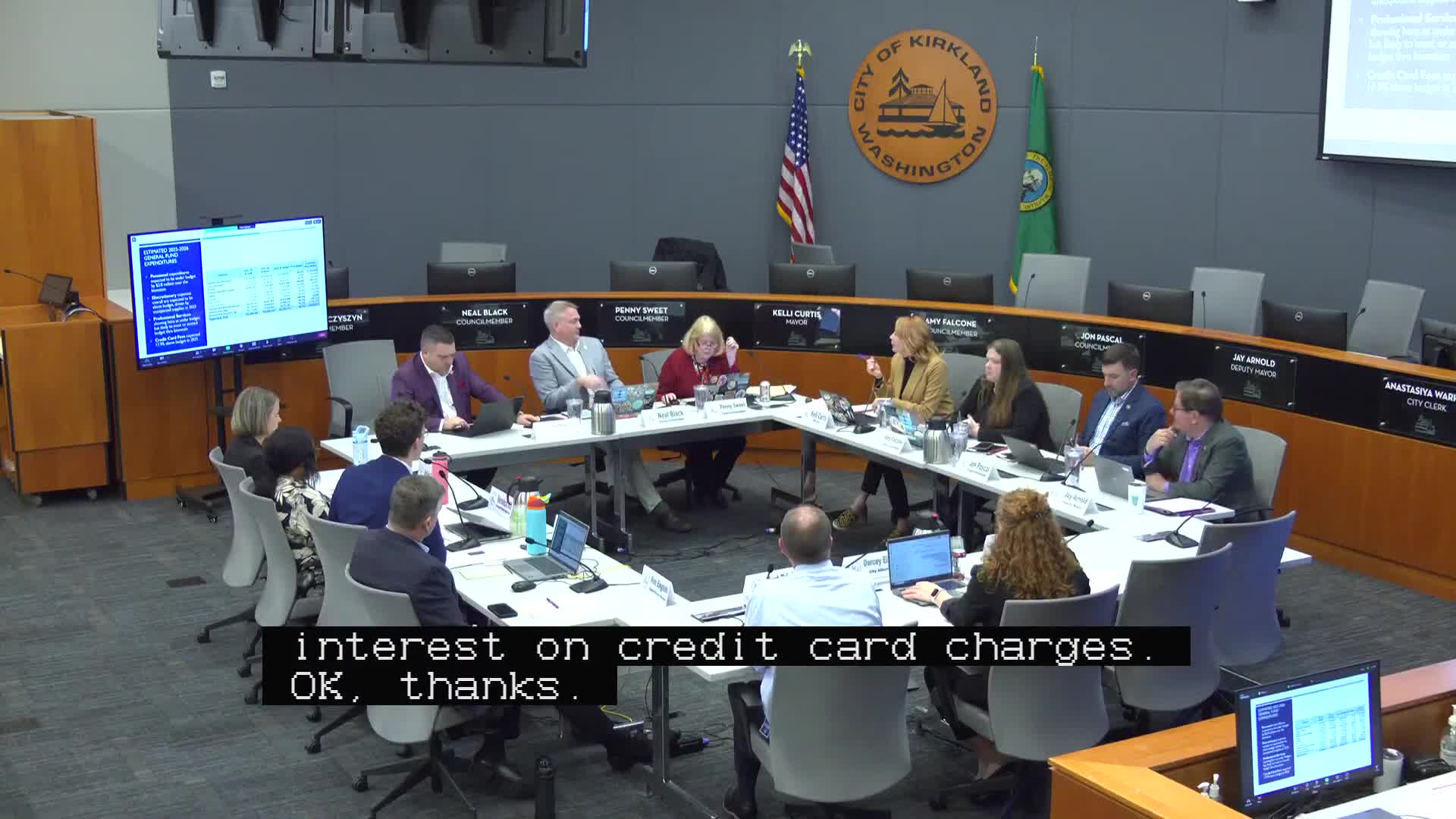Kirkland refines Transportation Safety Action Plan; proposes 20 mph default on local streets
November 06, 2025 | Kirkland, King County, Washington
This article was created by AI summarizing key points discussed. AI makes mistakes, so for full details and context, please refer to the video of the full meeting. Please report any errors so we can fix them. Report an error »

Kirkland staff presented a finalized Transportation Safety Action Plan on Nov. 5 that identifies corridor and intersection priorities, data‑driven countermeasures, and a revised speed‑limit setting policy. The plan is intended to help the city reach its Vision Zero goal of eliminating transportation fatalities and serious injuries.
The plan’s recommended policy language sets 20 mph as the city’s default local‑street speed and states a preference — not an automatic rule — for a 30 mph maximum on arterials. Because state law constrains local authority to change arterial speeds without an engineering evaluation, staff told council that any arterial speed changes will require corridor studies and individual legislative action where needed.
Key facts: The consultant’s crash analysis covered 2019–2023 and found that while overall crash counts fell during the pandemic, serious injuries have increased in recent years. Vulnerable road users (pedestrians and bicyclists) appear in a disproportionate share of severe crashes. The plan identifies ten corridor segments and a set of critical intersections, each with a one‑page summary of contributing factors and candidate countermeasures, from access management and signal timing changes to targeted engineering and education programs.
Next steps and implementation: Staff will bring an ordinance to reduce the local‑street default speed to 20 mph and return in early 2026 with an implementation and phasing plan, sign changes, public education materials, and proposed countermeasure projects prioritized from the corridor/ intersection lists. Council members asked for clear timelines and noted that speed limits alone do not change behavior; they stressed parallel investment in engineering treatments, education, and enforcement.
Why it matters: The plan reorganizes existing safety work into a prioritized, data‑backed approach. The default‑20 mph recommendation for local streets aligns with national safety guidance on low‑speed urban design; the council’s conversation centered on the practicalities of changing speeds, communicating changes, and pairing limits with physical roadway changes to alter driving behavior.
The plan’s recommended policy language sets 20 mph as the city’s default local‑street speed and states a preference — not an automatic rule — for a 30 mph maximum on arterials. Because state law constrains local authority to change arterial speeds without an engineering evaluation, staff told council that any arterial speed changes will require corridor studies and individual legislative action where needed.
Key facts: The consultant’s crash analysis covered 2019–2023 and found that while overall crash counts fell during the pandemic, serious injuries have increased in recent years. Vulnerable road users (pedestrians and bicyclists) appear in a disproportionate share of severe crashes. The plan identifies ten corridor segments and a set of critical intersections, each with a one‑page summary of contributing factors and candidate countermeasures, from access management and signal timing changes to targeted engineering and education programs.
Next steps and implementation: Staff will bring an ordinance to reduce the local‑street default speed to 20 mph and return in early 2026 with an implementation and phasing plan, sign changes, public education materials, and proposed countermeasure projects prioritized from the corridor/ intersection lists. Council members asked for clear timelines and noted that speed limits alone do not change behavior; they stressed parallel investment in engineering treatments, education, and enforcement.
Why it matters: The plan reorganizes existing safety work into a prioritized, data‑backed approach. The default‑20 mph recommendation for local streets aligns with national safety guidance on low‑speed urban design; the council’s conversation centered on the practicalities of changing speeds, communicating changes, and pairing limits with physical roadway changes to alter driving behavior.
View the Full Meeting & All Its Details
This article offers just a summary. Unlock complete video, transcripts, and insights as a Founder Member.
✓
Watch full, unedited meeting videos
✓
Search every word spoken in unlimited transcripts
✓
AI summaries & real-time alerts (all government levels)
✓
Permanent access to expanding government content
30-day money-back guarantee

